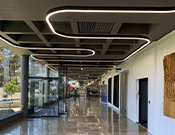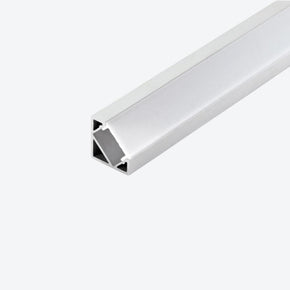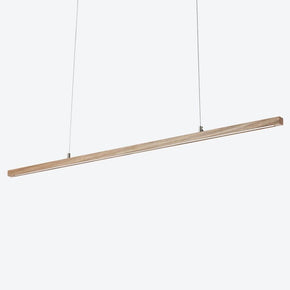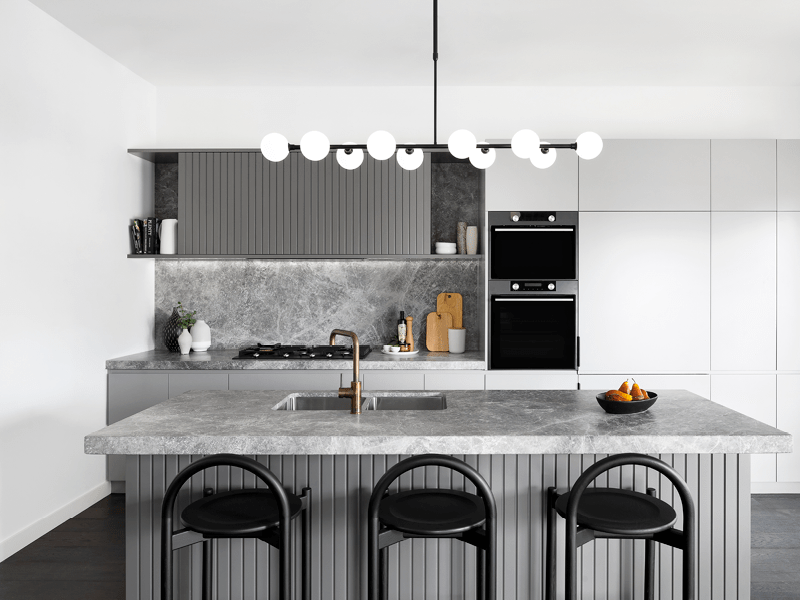- No products in the cart.
- ``
5 tips for gorgeous garden lighting
11
Feb
Whether you’re entertaining guests, barbequing under the stars, or simply sitting in the sun with a good book, we all love spending a bit of time in the great outdoors. But when the sun starts to dip below the horizon, it's important to have the right outdoor lighting in place so you don’t have to pack up and move indoors. Here are our top 5 tips for planning your outdoor lighting so you can enjoy those balmy summer nights uninterrupted.
1. Plan, plan, plan
We can’t stress this enough. One of our biggest tips for exterior and garden lighting is to make sure you have a comprehensive plan in place. Consider your space, the different zones you’d like to create, what function each area will serve, and the lighting each space will need.
A big part of this will be planning how you’ll get power to your exterior lights, whether that be via a junction box or exterior weatherproof power points. Most exterior garden light fittings use low voltage power. This is transformed from the mains building power to 12V using a transformer. We recommend not overloading fittings to one transformer. As a general rule, a maximum of 100W is recommended for each area in your outdoor space. For smaller yards, this may work for the whole space. Measure and draw a plan considering these zones and include furniture, current plants or trees and what you’d like to add. Consider the fittings that would best suit your space and provide the effect you’re hoping to achieve. Importantly speak to your electrician and seek advice.
2. Layer your lighting
Whether indoor or out, good lighting design often includes three different types of lighting: general, task and accent. In general, you’ll want your garden lighting to be subtle, inviting and warm. But there will be occasions and specific locations in the garden where you’ll need the lighting to be varied or layered. It’s important to use the right light for the right function.
You can often achieve a certain amount of general lighting from moonlight or the interior lighting through your windows. In addition, you can install a primary light source with downlights, wall and hanging fittings.
For accent lighting, add garden spikes, fairy or festoon lights, lanterns, and ground up-lights to add to the warmth of your outdoor space.

Your garden and outdoor space may also have task areas like the BBQ, built-in kitchens, pathways and steps. It’s important that these locations are well lit with enough light for that particular task or requirement. Dimmers in some areas of your outdoor space may be a good option to provide increased illumination when needed.
Security is another important consideration, and you might want to include sensors on your outdoor lights.
3. Choose the right fittings
Consider purchasing IP-rated fittings, particularly if you’re lighting spaces exposed to the weather. This is a good example of “buy once, buy well”. Durable, high-quality fittings made from weather-resistant materials are well worth the investment.
You might also want to look at LEDs. LEDs use less energy than other alternatives and are low maintenance - they don’t heat up as much as halogen or incandescent bulbs and you don’t need to change the globes as often. Opt for LEDs with warm light, rather than cool, to enhance the sense of warmth in your outdoor space.
Solar energy fittings are another pollution-free and cost-effective option worth considering. They’re portable but obviously very dependent on the weather.
4. Plan for lighting effects
Walls and other exterior surfaces, like rock, brick and paneling, provide an excellent opportunity for creating wonderful shadow and light effects. By using the right fittings, you can create wonderful patterns or even add art to blank walls. It’s a great way to add a new dimension and depth to your space.
Large tree branches, tree trunks and patios strung with twinkling fairy or festoon lights give off a bohemian, magical feeling, while garden spikes or up-lights on plants or pots create shadows and drama. Using a combination of various fittings on different circuits without over-lighting each space will give the best effect.
When choosing plants, consider how much they’ll grow over time and factor this into your lighting design. You may need to include longer leads on garden spikes so that they can be moved around thicker growth or small trees or palms that’ve grown to many metres high with a large canopy. Again, seek advice when considering the best fitting to use.
5. Design from the inside out
Don’t forget that another part of planning your garden is considering how it'll look from inside your home. You’ll spend just as much time looking at your garden from windows and doorways, as you will sitting in it. Make sure to take that into account when planning out your garden zones, plants, light fittings and light effects.
Ready to get started?
About Space stocks an extensive range of outdoor and garden lighting, including festoon lights, up-lights, solar lights and IP-rated lights. Shop the range!



























